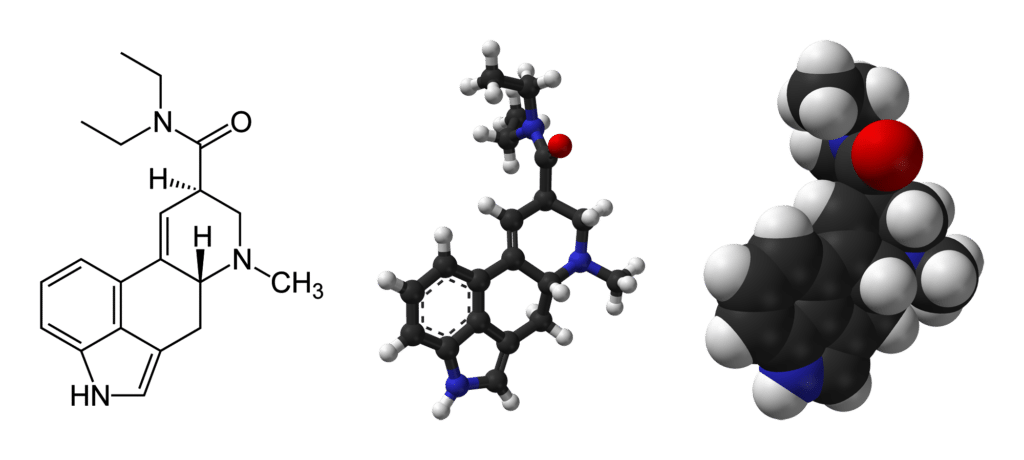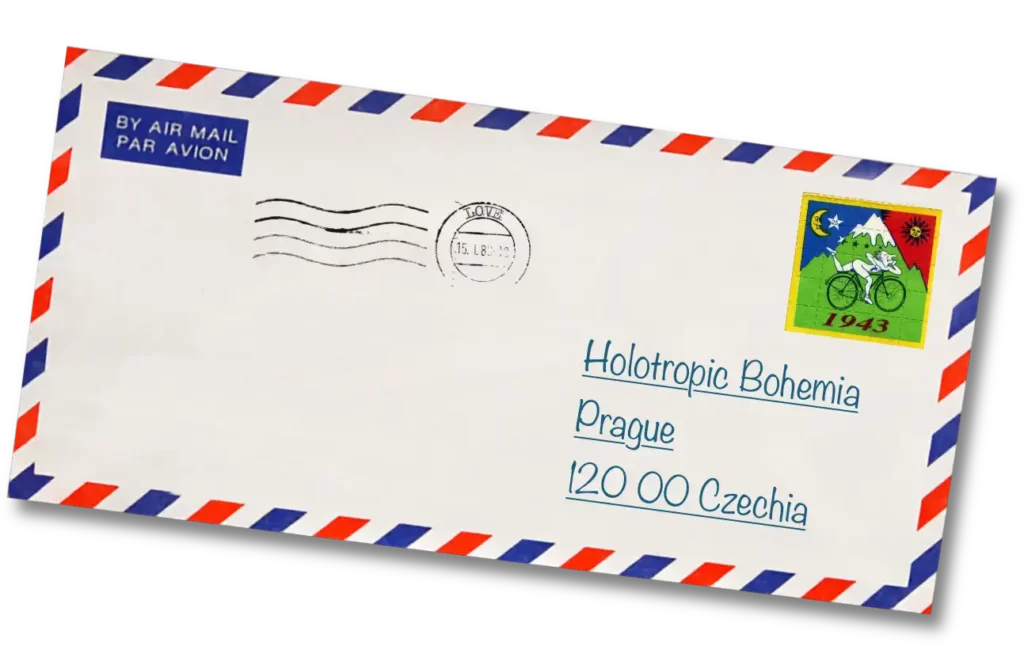Theoretical Framework
CONTENTS
Beyond the Perinatal
As has already been said, there exists yet another realm in the unconscious psyche, which extends even beyond the perinatal domain, namely the transpersonal. The transpersonal territory is so vast that it is completely beyond the scope of this article (or any article, for that matter) to deal with it in any comprehensive manner. It’s been mainly the great spiritual and philosophical traditions that have provided scholarly descriptions, artistic interpretations, sacred scriptures and other kinds of “maps” of the transpersonal universe, collecting pieces of information about the world “on the other side”, carefully fitting them together, through the bold and patient exploratory work of shamans, monks, mystics and yogis, but also that of scholars, theorists and systematists. Christianity, Buddhism, Taoism, Sufism and Hinduism — to name just a few of the many authentic spiritual traditions of the world — all have contributed their extensive cosmographies. Mythologies of all cultures and historical periods have been faithfully mirroring the transpersonal universe for millennia, exposing their awesome pantheons of gods and goddesses – some wrathful, others benevolent; depicting heroes and their adventurous quests, dragons and leviathans, demons, devas and endless further figures and manifestations of the eternal cosmic battle of Good and Evil. Be it the Egyptian, Greek, Maya, Hindu, or any other mythology of the world, they all are reflections of the transpersonal realm in its inexhaustible richness and diversity. Modern Western Psychology has also contributed to this picture, offering its own unique maps and perspectives, perhaps most notably in the work of Jung, Grof, Wilber, Richard Tarnas and, more recently, Elias Capriles — again, to name only a few.
The World of Archetypes
Nevertheless, one particular class of experiences belonging to the transpersonal domain deserves a mention, even in the context of the limited space of this article, i.e. a direct encounter with an archetype, or archetypal being. Archetypes are primordial organizing principles that universally inform the way we perceive ourselves and the world, and the way we make sense of ourselves and the world. They provide context and meaning of everything we do in life. Archetypes manifest themselves in the external world (Cosmos), as well as in the internal world (Psyche). Archetypes originate deep in the transpersonal domain of the unconscious and shine through into our conscious mind. Indeed, their universal presence is so powerful that, whatever we look at in the outside world around us, we see the archetypal principles existing in it.
During the early times of human development, the archaic man lived in a magical, animistic world, where he saw everything around him as imbued with a living soul – trees, mountains, the sun, even weather patterns – they all were living beings, just like him. When there was a storm, it was there for a reason relevant to the person experiencing it, it had will and personality, perhaps it was angry at the person for something they had done wrong earlier that day. A raging thunderstorm – something huge, of immense power, capable of completely overwhelming him. Or maybe the magnificent display of a clear night sky, magically revealing itself just after the storm was over, full of stars, breathtaking, awe-inspiring – something beyond his capacity to understand. So what do we see, when we, resembling our awestruck ancestor gazing up at the starry sky, encounter something of such superior power, something so vast, deep and complex, that we realize it extends beyond our capacity to fathom, yet feel profoundly fascinated by it, perhaps for its immense, endlessly refined beauty or precisely for that unfathomable depth of meaning? Well, chances are we’ll see a god or a goddess.
As we progressed as human beings and learned to understand our environment and its internal processes, gods and goddesses gradually faded away from our surrounding world. The more we understood the diverse natural processes and learned to master them, to predict and control them, to bend them according to our will, the less space there was left in them for the gods. It was now more as if we had become that, what previously had seemed to be the gods. Eventually we even managed to fly to outer space, towards the stars, where the gods themselves have been at home from the beginning of ages.
So the gods are gone, you think, more or less. Not much space left for them in the modern Western soul, casually devoted to the Newtonian-Cartesian, techno-scientific paradigm. But make no mistake, the gods are not gone. Far from it! In a sense, they are closer than they’ve ever been. As the Western mind matures, and the critical shortcomings of our current dominant worldview are becoming increasingly evident, we are beginning to take note of the irresistible call to turn our attention inward, and to explore, and extend our understanding into the mysterious depths of our own psyche. And that’s where the gods, the archetypal beings, have resided all the while, remember? It may well be that we are only now getting ready for a personal, one-on-one interview. Or should we rather say, one-in-one?
Examples of artistic depictions of diverse archetypal beings (deities), stemming from various traditions and historical eras.
The “Inner Radar” Operating in Holotropic States
So, now we have somewhat of an overarching idea about the enormous territory of our unconscious psyche. The possibility of getting to explore it firsthand, subjectively, through an actual lived experience, and not only by reading descriptions in books, seems without a doubt exciting and of the utmost interest. This is not to mention the benefits of the activation of the healing and growth potential that we see lying dormant for each of us down the path into the inner realms. But how on Earth do we navigate such a vast experiential field? How do we know where to start our exploration, and where to go next? What if we get lost in the endless potentiality of the inner realities?
It turns out that the answer is quite simple. When we enter the holotropic state, a remarkable and extraordinary function of our mind becomes activated. It is an innate ability to navigate the territory of the psyche as if in “autopilot” mode, simply by allowing the process to unfold of itself. Grof observed and subsequently described that whatever experiential contents there are present in the unconscious mind of an individual that carry “the strongest emotional charge, are most psychodynamically relevant at the time, and most readily available for conscious processing”,[20] automatically enter the conscious experiential field of the subject. As soon as the emergent material is allowed to manifest itself in the conscious mind and body, while being attended to fully and with authenticity, the associated emotional and subtle-energetic[21] load discharges through this process, and the experience will freely move on to whatever content there is ready to be processed next.
It is this explicit reliance on the “inner radar”[22] that distinguishes holotropic therapy from many other, non-holotropic approaches, in that it places the navigation of the therapeutic process in the hands of the client him or herself, rather than requiring this to be the responsibility of the therapist. This then defines the roles during the Holotropic Breathwork workshop as complementary — participants being the ones who allow the healing to happen within themselves, and facilitators the ones who create and sustain a protective and supportive environment, in order to maximize the efficiency and safety of the process. It is precisely the willingness to follow this inner intuition (while supported by qualified facilitators) that will lead us to the perinatal and transpersonal realms of the unconscious, possibly even sparking the aspiration in us to try eventually to extend our adventurous odyssey beyond even those categories. There is no shortage of the most brilliant maps of the Spirit landscape available from the great spiritual traditions of the world, and the main paths leading to the ultimate destination are well marked in them. If the seeker is apt, determined and well discerning, then there is every reason to believe he or she may realize the deepest and most secret truths of the great Cosmic Game. It is all in our hands.



